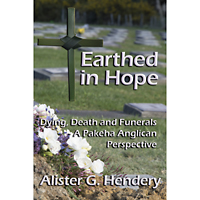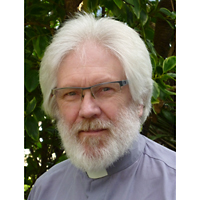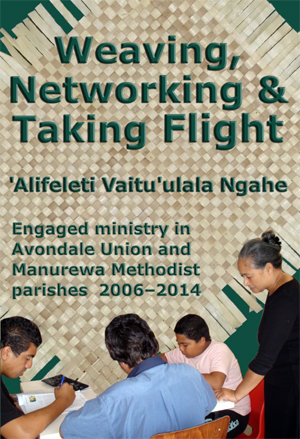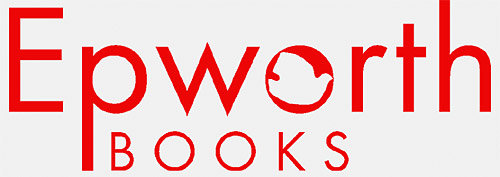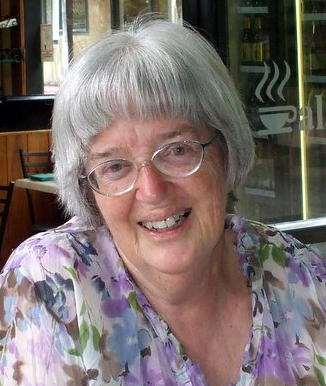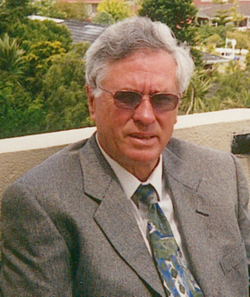Weaving, Networking & Taking Flight: Engaged Ministry in Avondale Union and Manurewa Methodist parishes 2006-2014 by ‘Alifeleti Vaitu’ulala Ngahe
— Coming mid-October 2014
ISBN 9781501004476. 68pp. 6 x 9″ soft cover
Tongan Methodist minister ‘Alifeleti Vaitu’ulala Ngahe has been in full-time, ordained ministry for almost 10 years. This book reflects on those years in Avondale Union and Manurewa Methodist parishes in Auckland, New Zealand.
Rev Ngahe’s approach is to create strategies for change by engaging in deep theological thinking, in networking with key local people and organisations, and in careful reflection on learnings from his ministry. He believes all people in a community have a contribution to make and hopes this book will encourage church and other local leaders to work effectively in their communities.
Church life and ministry is changing. Alongside this, our communities are changing and are often stressed. How does the Church engage effectively with the communities in which they are set?
Rev Ngahe says, “Over my years in ministry it has become clear that people are excited and enthusiastic about engaging in God-talk and living out the Gospels. …communities come together when a vision and the possibility of achieving positive change are offered.”
Using the metaphors of weaving a mat, creating a network the way a spider spins a web and a bird taking flight, he explains how he has given new life to his parishes.
- The mat represents the history of the church. Leaving the edges of the mat unfinished allows new stories and experiences to be woven in.
- The web represents the network that needs to be deliberately built up between people in the church and the leaders and organisations that form the surrounding local community.
- The bird reminds us that it takes a lot of energy to take flight. But when the community is working together and heading in the same direction, we can relax and enjoy the ride, soaring through the air.
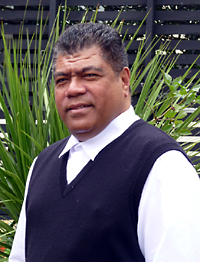 Two key projects demonstrate the power of church and community working together. The run-down Rosebank Penninsula Church building has been restored and transformed into a busy community centre. The outdoor mural at Manurewa Methodist church was painted by people of all ages from within the church and the wider local community. It remains a vibrant symbol of that church’s role as the Corner of Hope.
Two key projects demonstrate the power of church and community working together. The run-down Rosebank Penninsula Church building has been restored and transformed into a busy community centre. The outdoor mural at Manurewa Methodist church was painted by people of all ages from within the church and the wider local community. It remains a vibrant symbol of that church’s role as the Corner of Hope.
Rev Ngahe’s enthusiastic and yet deeply thoughtful, methodical approach will provide inspiration for all who are engaged in multicultural Christian ministry.

